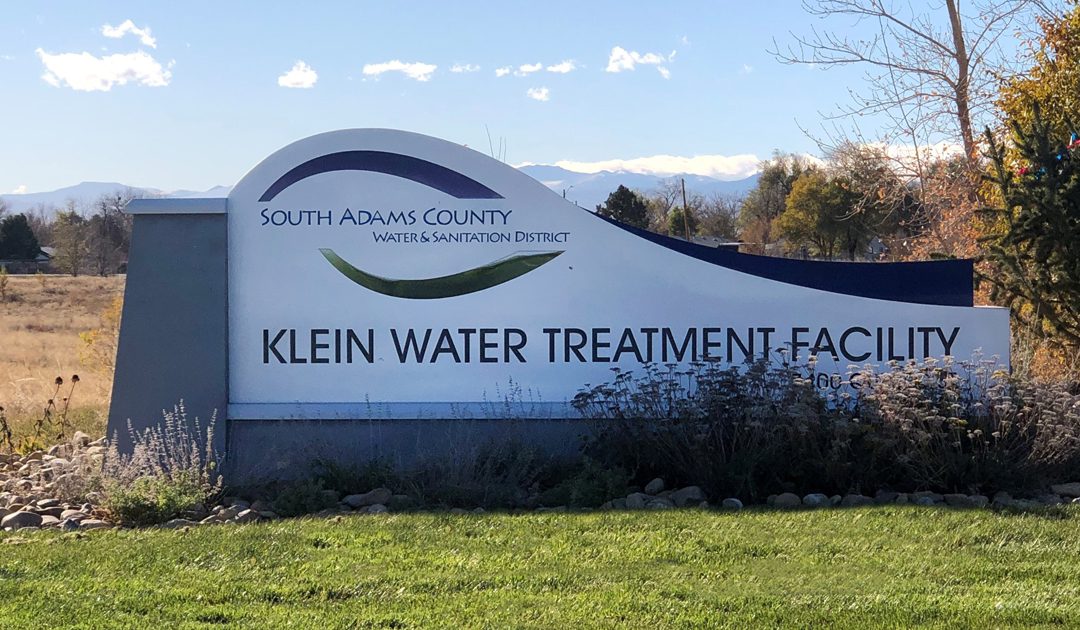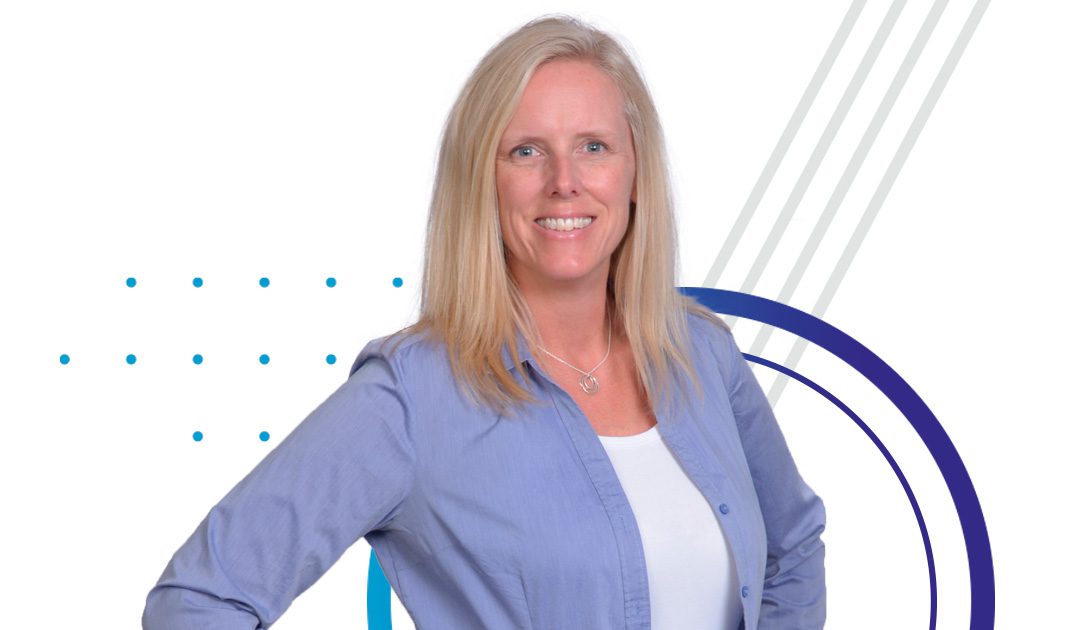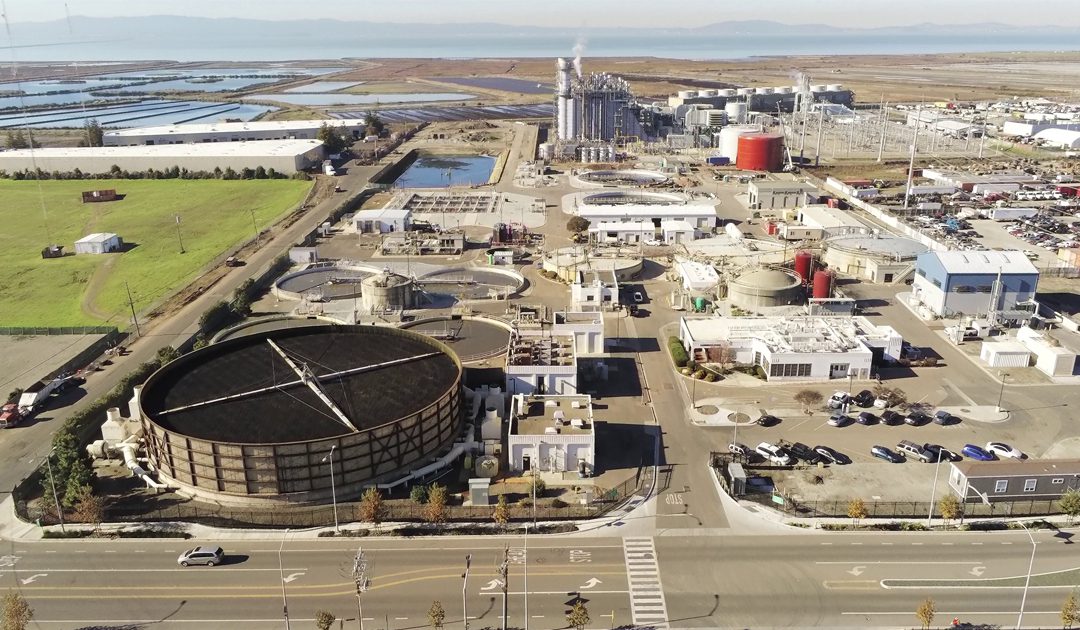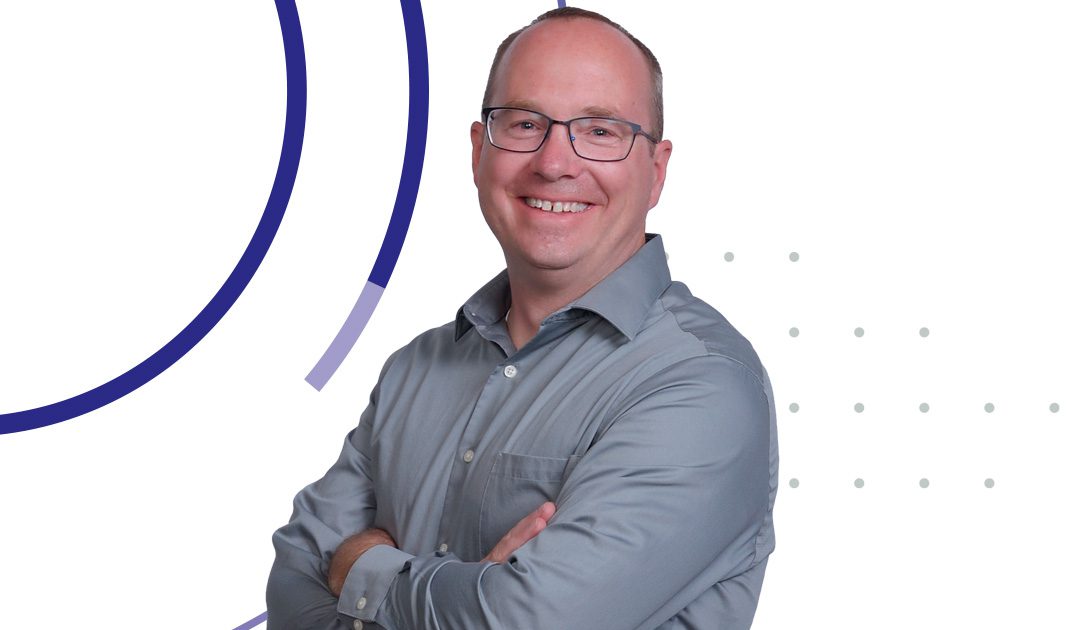WALNUT CREEK, Calif. — Brown and Caldwell today announces Vice President Tracy Stigers has been appointed as design chief engineer in recognition of four decades of exceptional technical leadership and client service. She is the first woman in the firm’s 75-year history to hold the esteemed title.
Stigers will lead all design from a technical and delivery expertise perspective across all of Brown and Caldwell’s design initiatives, implementing innovation, quality control, and project delivery throughout North America and the Pacific.
Since joining the leading environmental engineering and construction services firm in 1980, Stigers has progressed from junior engineer to one of its top technical and delivery experts. She has vast experience in the design and construction of large-scale wastewater conveyance, treatment, and reuse facilities, including serving as project manager on the San Francisco Public Utilities Commission’s $2.3 billion Biosolids Digester Facilities Project, the largest value design job in Brown and Caldwell’s history.
Early in her career, Stigers worked alongside and was mentored by company co-founder Dave Caldwell, helping shape its tradition of solving the most challenging water and environmental challenges. Her dedication to upholding Brown and Caldwell’s reputation for project excellence and innovation was commended by CEO Rich D’Amato:
“Tracy is the epitome of quality, commitment, and technical prowess. Her leadership, knowledge, and legacy of delivering solutions to clients perfectly embody our heritage and is a shining example for tomorrow’s aspiring engineering leaders.”
Throughout her career, Stigers has held numerous leadership roles at industry organizations, including sitting on the board of trustees for the Water Environment Federation and the California Water Environment Association. She is a current member of the Clarkson University Engineering Advisory Council.

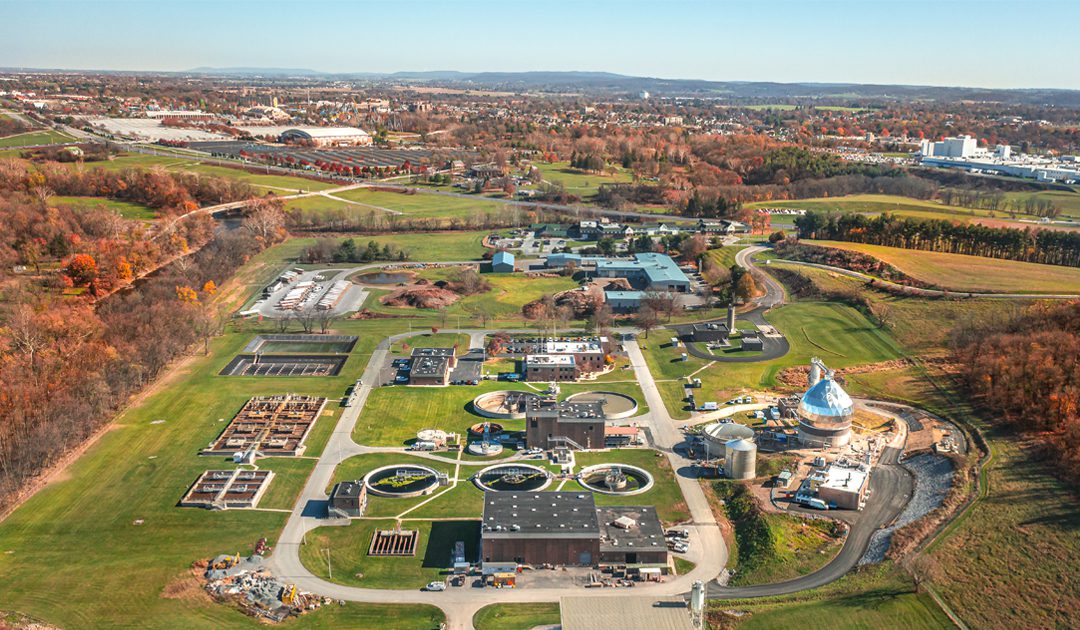
 In a landmark step, the Authority has purchased
In a landmark step, the Authority has purchased 